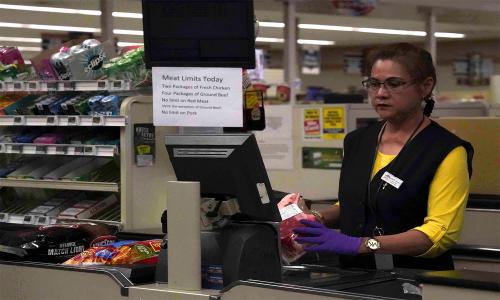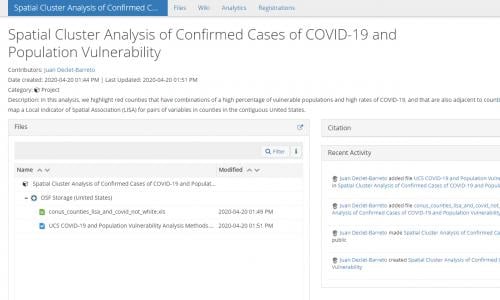The COVID-19 pandemic is devastating communities across the United States, exposing vulnerabilities that have long, entrenched links with inequality.
To better understand the interplay between COVID-19 and various at-risk communities, we compared maps of COVID-19 cases with maps of vulnerable populations. These include areas with a high percentage of people living in poverty; areas with a high percentage of people without health insurance; and areas with a high percentage of non-white people.
We paid particular attention to clusters of counties where vulnerable populations and high COVID-19 infection rates collide. On average, people within these clusters are disproportionately non-white (50 percent), uninsured (18 percent), and living in poverty (20 percent).
To reduce COVID-19 risks in these counties, there should be strong cross-jurisdictional collaboration among county and federal public health and emergency response agencies. Groups of counties with high rates of vulnerable populations but low rates of COVID-19 should continue emphasizing containment measures.
To truly be prepared, we need policies that address the root causes—like racism, inequity, and injustice—that have left some people far more vulnerable than others when a crisis unfolds.
Downloads
Citation
Declet-Barreto, Juan. 2020. COVID-19 and Intersections with Vulnerable Populations in the United States. Cambridge, MA: Union of Concerned Scientists. https://www.ucsusa.org/resources/covid-19-and-vulnerable-populations

